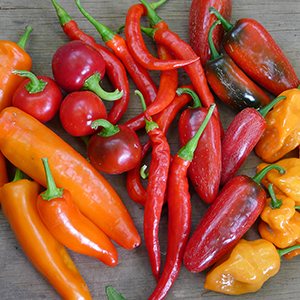
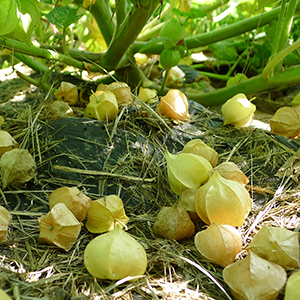
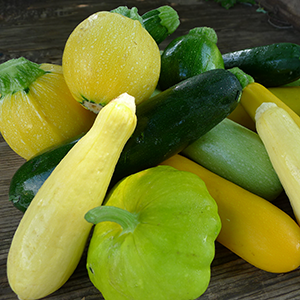

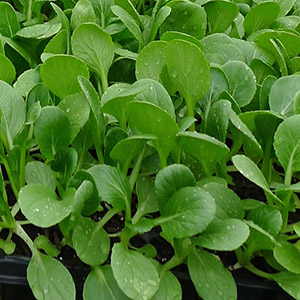
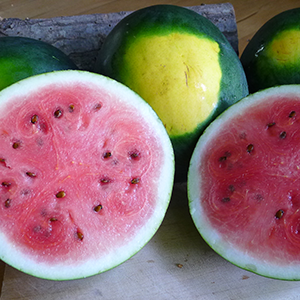
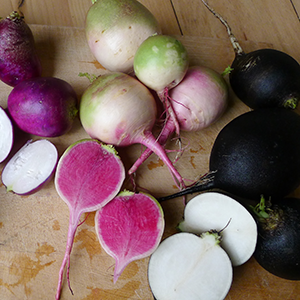



News and Notes | The Anchor Run Blog
Displaying a Single Post |
Show Recent Posts
July 15, 2018
Basil, Basil, Basil
By Linda Dansbury
Basil, Basil, Basil
By Linda Dansbury
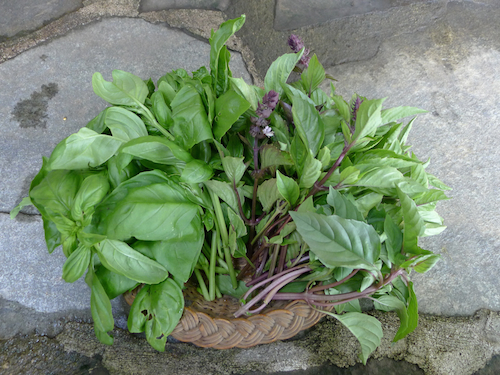
Italian and Thai basil.
Beautiful basil is in the pick up room for us and there is also some we can be cutting ourselves in the herb garden. You may have noticed there are 2 different looking plants.
Sweet/Genovese/Italian basil - this is the one most of us are familiar with. It has large, soft leaves and green stems. It is the basil used most often, when recipes just say to use basil. I love it this time of year in bruschetta with our wonderful tomatoes, chopped and put on top of grilled veggies, added to marinades, salads, and more. To preserve what we are receiving, make the Basil Vinaigrette in batches to use as a salad dressing or as a topping for fish, chicken or tofu. It keeps about a week in the fridge. For longer storage make pesto or pistou. The main difference between the two is that Pesto contains cheese and pine nuts, but traditional Pistou just has 4 ingredients: basil, garlic, olive oil, and sea salt (the article I read about it says you must use a good quality sea salt to truly bring out the deliciousness of the fresh basil). I have added a Pistou recipe to this site so you can see the ratio of ingredients and of course there are also Pesto recipes on the site.
Thai Basil - the plant is in the same botanical family as sweet basil, but in looks it is distinguished by purple stems and the leaves are more pointed and sturdy. Thai basil does taste different, and has definite undertones of licorice and is overall more pungent than sweet basil. Some chefs say they are interchangeable, others do not. Thai basil is used in many southeast Asian cuisines including Vietnamese, Cambodian, Taiwan and of course Thai. Interestingly though, Thai's famous green curry uses sweet basil as its base, not Thai basil. I have added a recipe for Taiwanese Braised Eggplant that features adding Thai basil at the end of cooking - try it to see if you notice a difference in the flavor.

POSTS BY TYPE
POSTS BY MONTH

